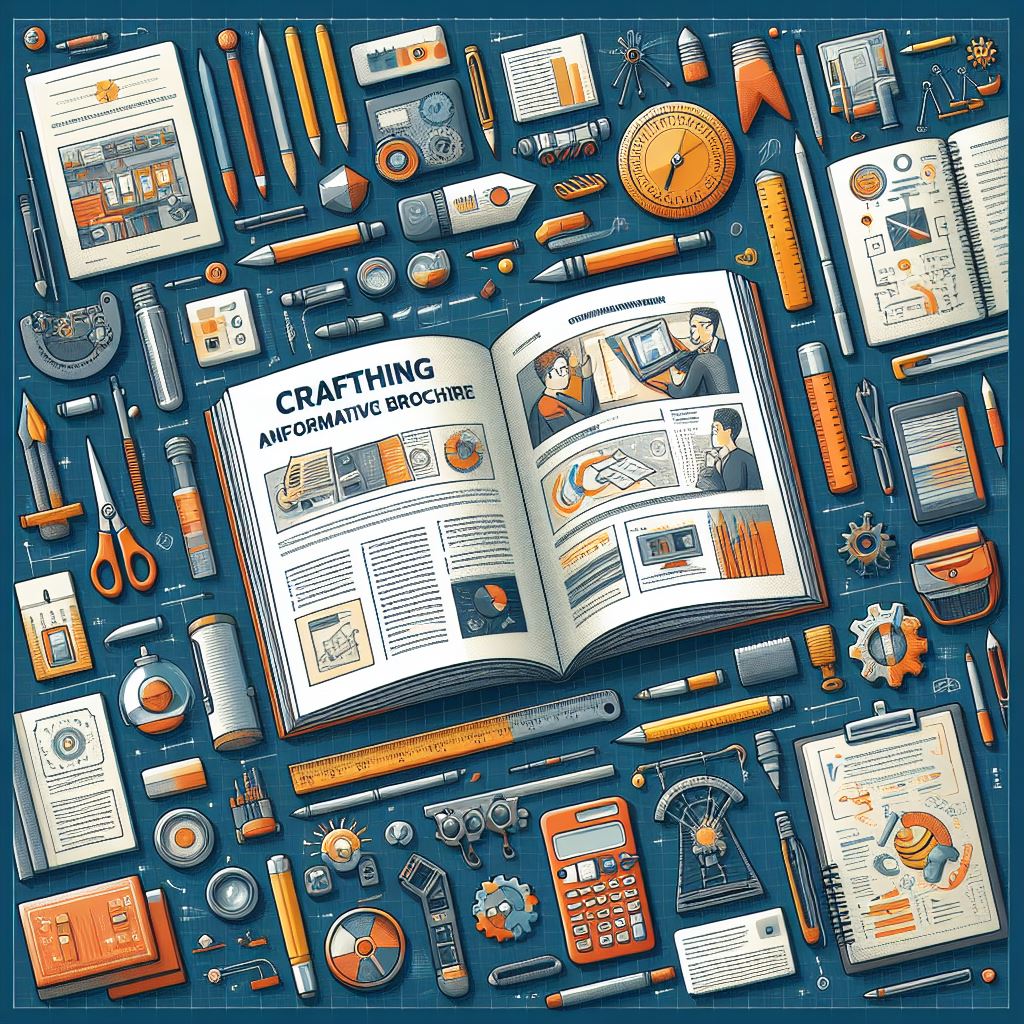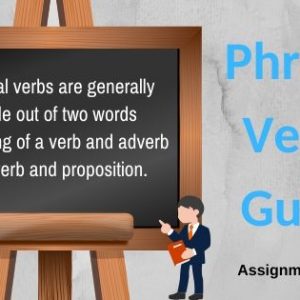Crafting an Informative Brochure: A Comprehensive Guide
A well-designed brochure is a powerful marketing tool that can effectively convey information and leave a lasting impression on your audience. Whether you’re promoting a product, service, or event, here’s everything you need to know about preparing a brochure.

1. Define Your Purpose and Audience
Before diving into the design process, clearly define the purpose of your brochure. Ask yourself what message you want to convey and to whom. Understanding your target audience is crucial for tailoring the content and design to resonate with them.
2. Outline Your Content Strategically
Organize your content in a logical and reader-friendly manner. Begin with a compelling headline that grabs attention. Follow with concise and informative sections that lead the reader through the key points. Use bullet points, subheadings, and visuals to enhance readability.
3. Choose a Design Style and Format
Select a design style that aligns with your brand identity and the message you want to convey. Decide on the format, whether it’s a single-fold, bi-fold, or tri-fold brochure. Ensure that the design complements the content and provides a visually appealing experience.
4. Use High-Quality Visuals
Incorporate high-quality images, graphics, and illustrations that enhance your message. Visuals should be relevant, eye-catching, and convey the essence of your brand. Ensure that images are high resolution to maintain clarity in print.
5. Craft Compelling Headlines and Text
Capture attention with compelling headlines and concise, impactful text. Clearly communicate the benefits of your product or service. Avoid jargon and focus on language that resonates with your target audience. Use a mix of fonts and text sizes for hierarchy and emphasis.
6. Include a Call to Action (CTA)
Guide your readers on the next steps by including a clear and persuasive call to action. Whether it’s visiting your website, making a purchase, or attending an event, the CTA should be prominently displayed and easy to follow.
7. Maintain Consistent Branding
Ensure consistency in branding elements such as colors, fonts, and logos. A cohesive look reinforces brand recognition and professionalism. Align the brochure design with your overall marketing materials for a unified brand image.
8. Consider Printing and Paper Quality
Select the appropriate paper size, type, and finish for your brochure. The printing quality significantly influences the final product. Consider factors such as glossy or matte finishes, paper thickness, and the overall tactile experience you want to provide.
9. Proofread Thoroughly
Before sending your brochure to print, proofread it meticulously. Check for grammatical errors, typos, and formatting issues. A polished brochure reflects attention to detail and enhances the credibility of your message.
10. Test for Effectiveness
Gather feedback from a sample audience before mass production. Test the effectiveness of your brochure by evaluating how well it communicates your message and elicits the desired response. Make adjustments based on feedback.
11. Distribution Strategy
Plan how you will distribute your brochures. Whether it’s through direct mail, events, or in-store displays, strategize to reach your target audience effectively. Monitor the distribution channels for optimal results.
12. Digital Versions for Online Reach
Consider creating digital versions of your brochure for online distribution. This expands your reach and allows for easy sharing through email, social media, and your website.
Conclusion: Elevate Your Brand with a Thoughtful Brochure
Crafting a compelling brochure involves a thoughtful blend of design, content, and strategic planning. By following these comprehensive steps, you can create a brochure that not only informs but also engages and inspires action, effectively elevating your brand in the eyes of your audience.

